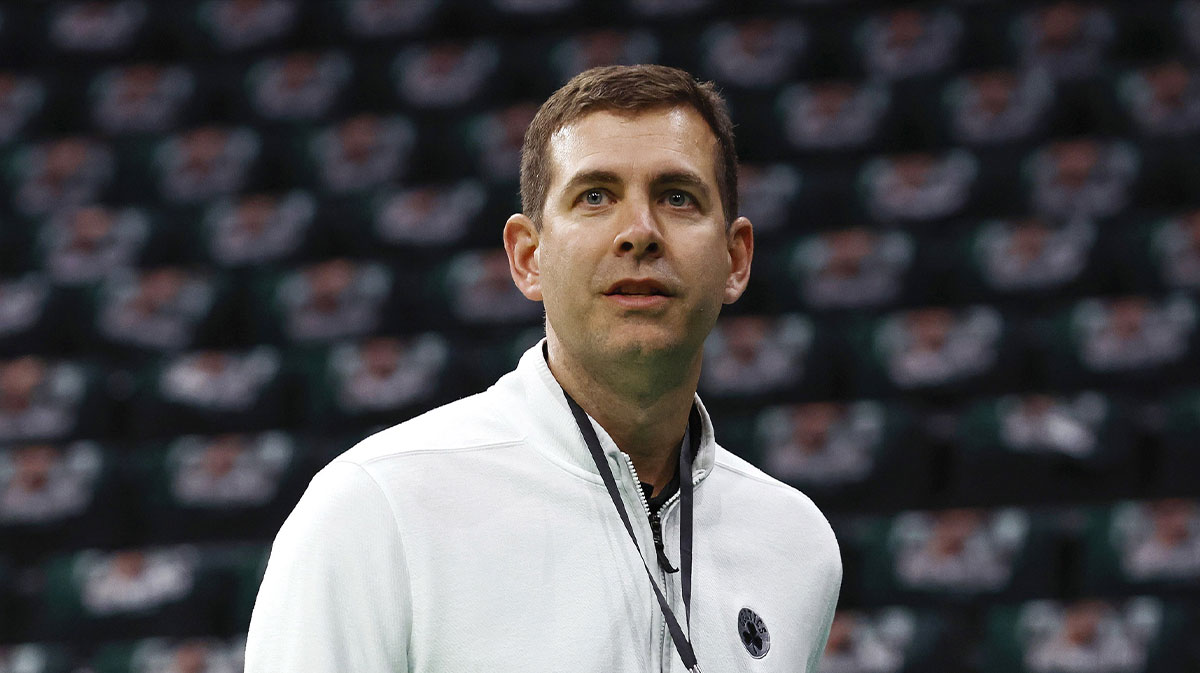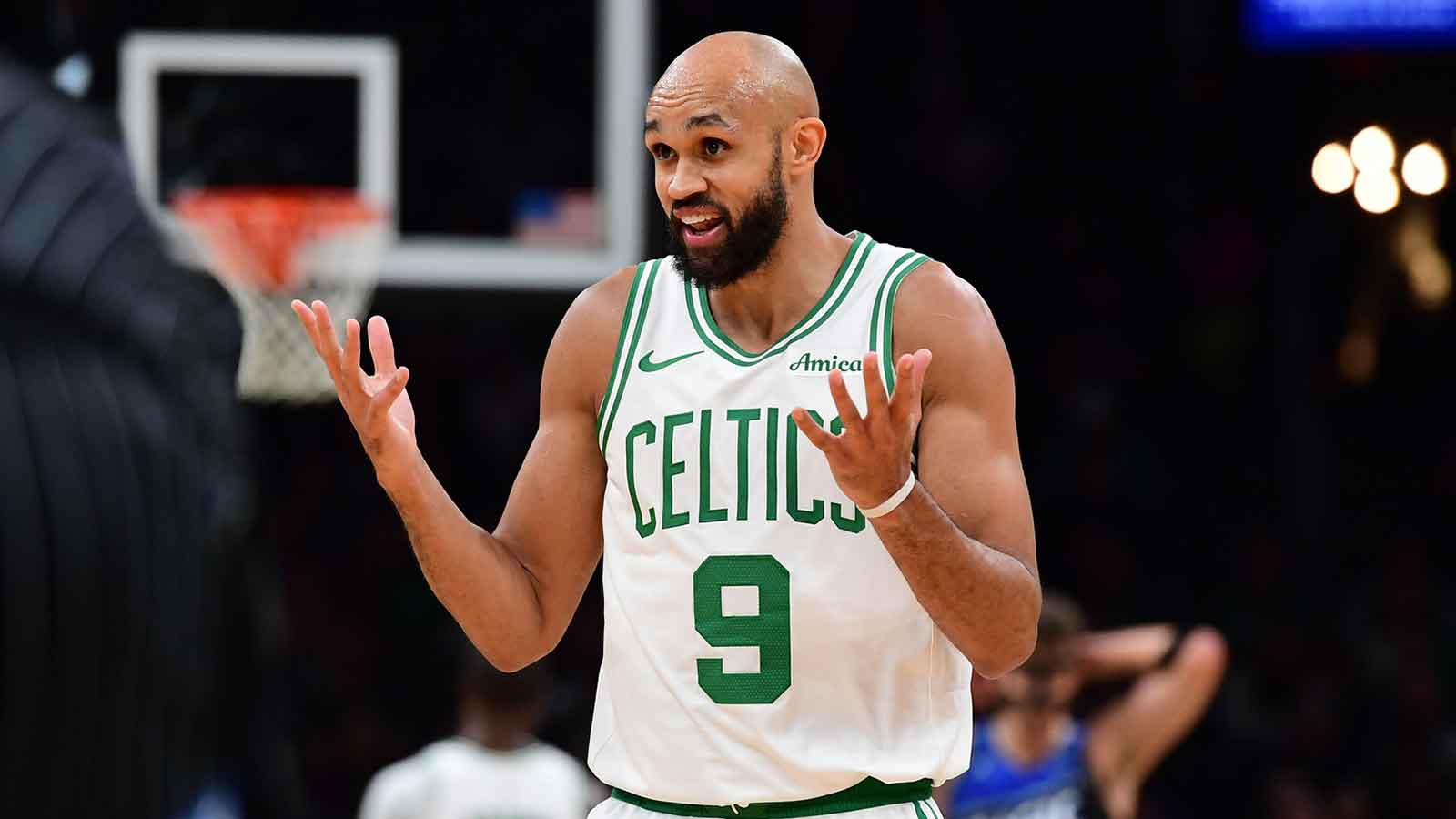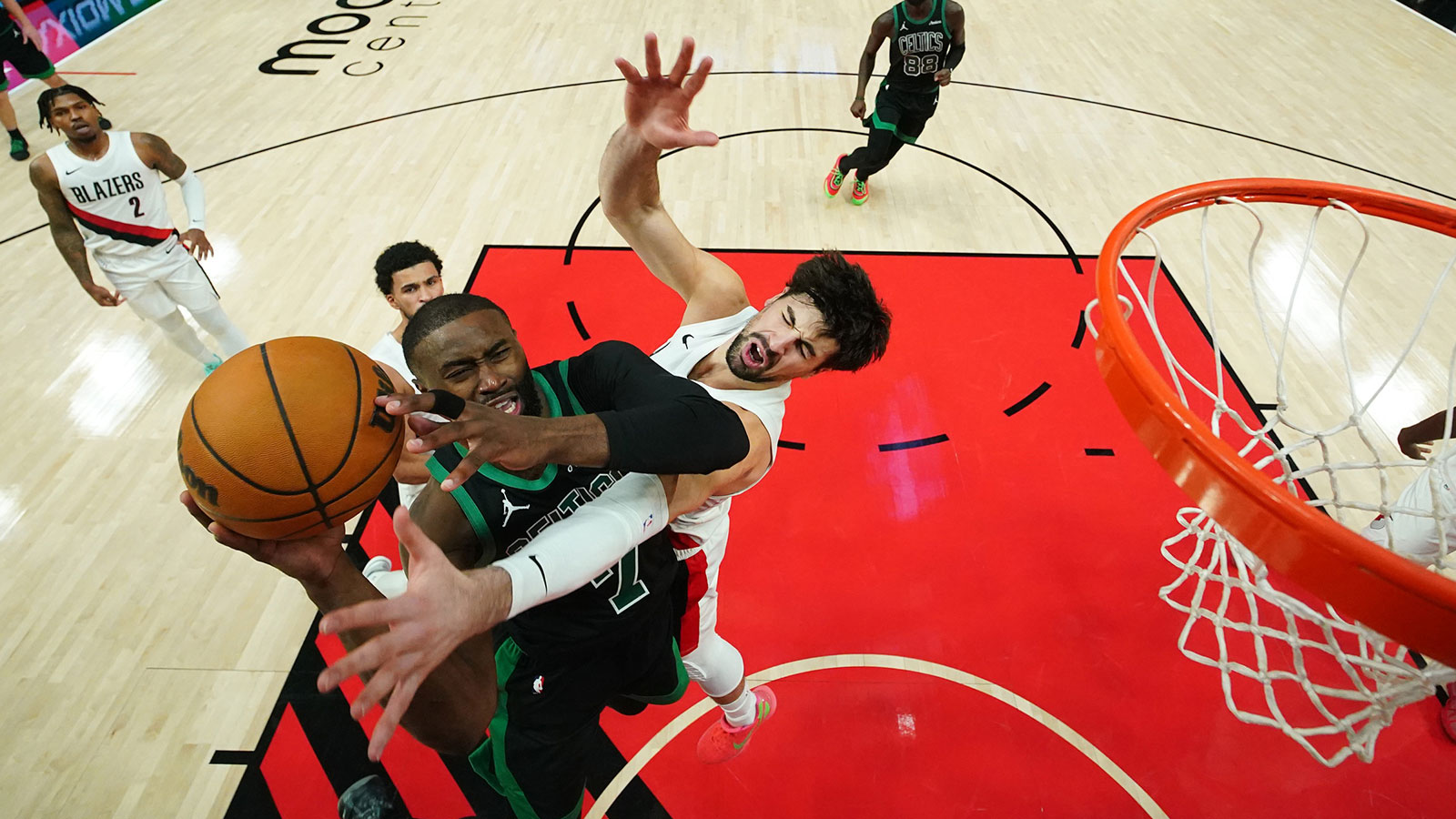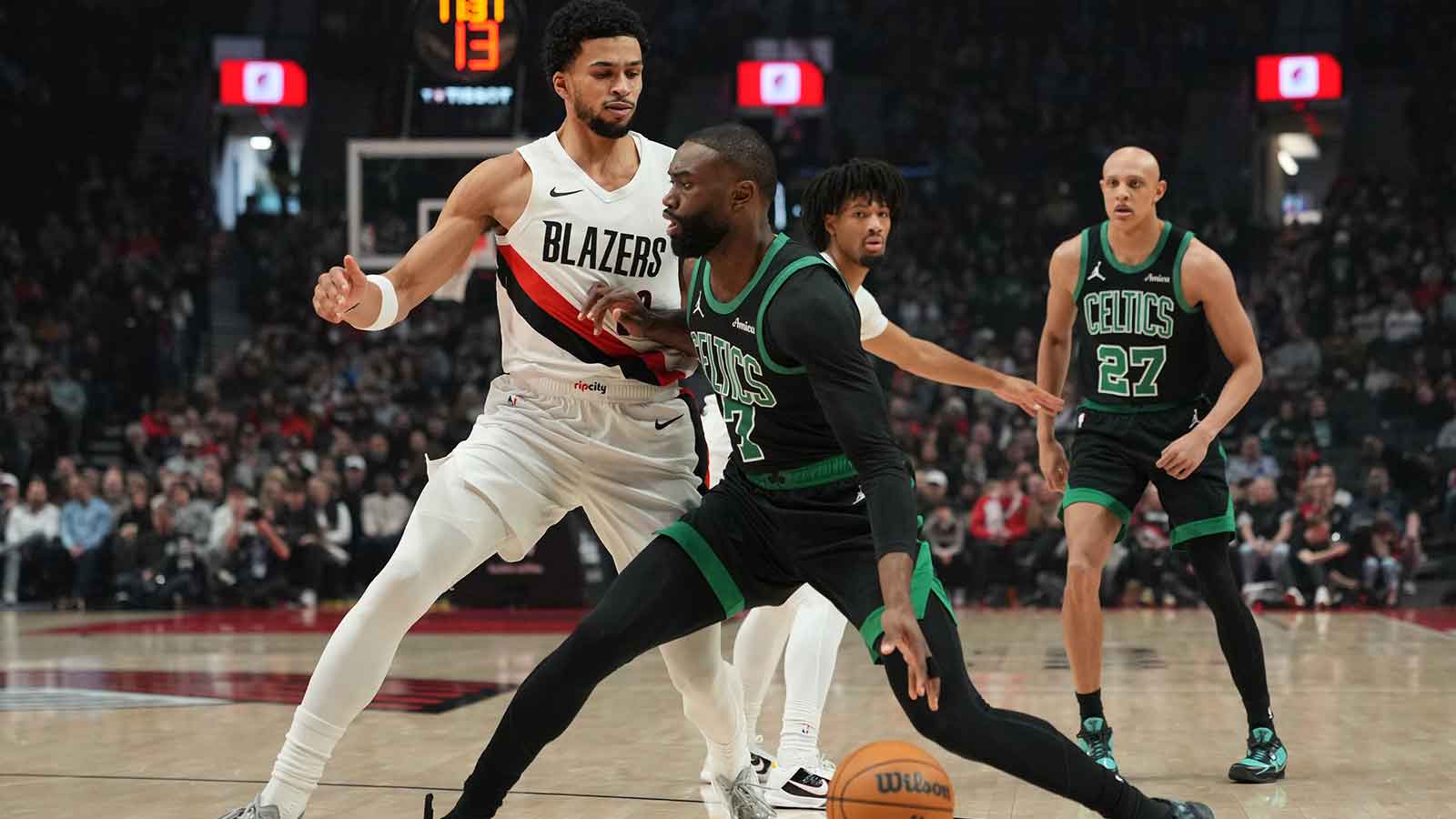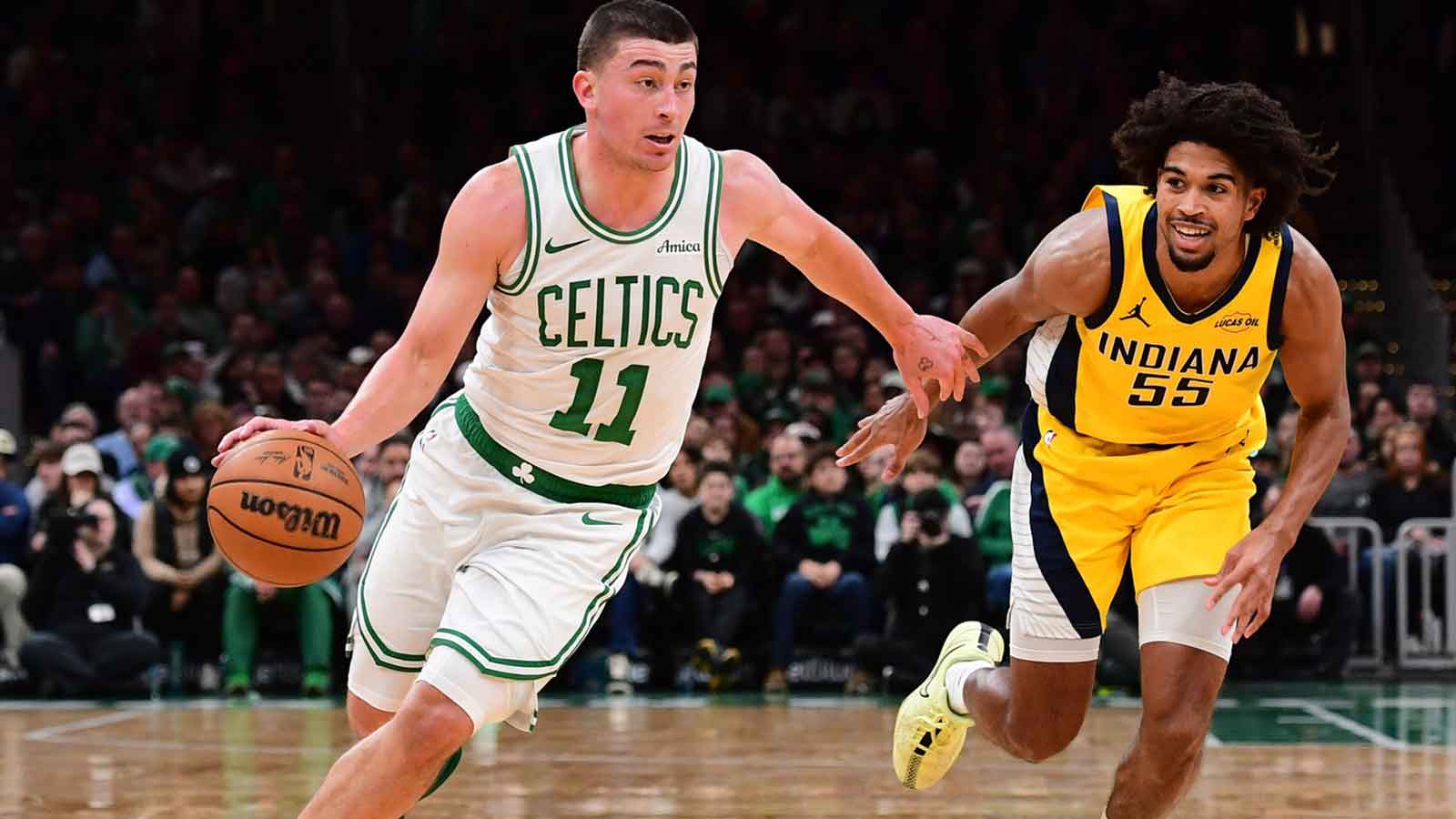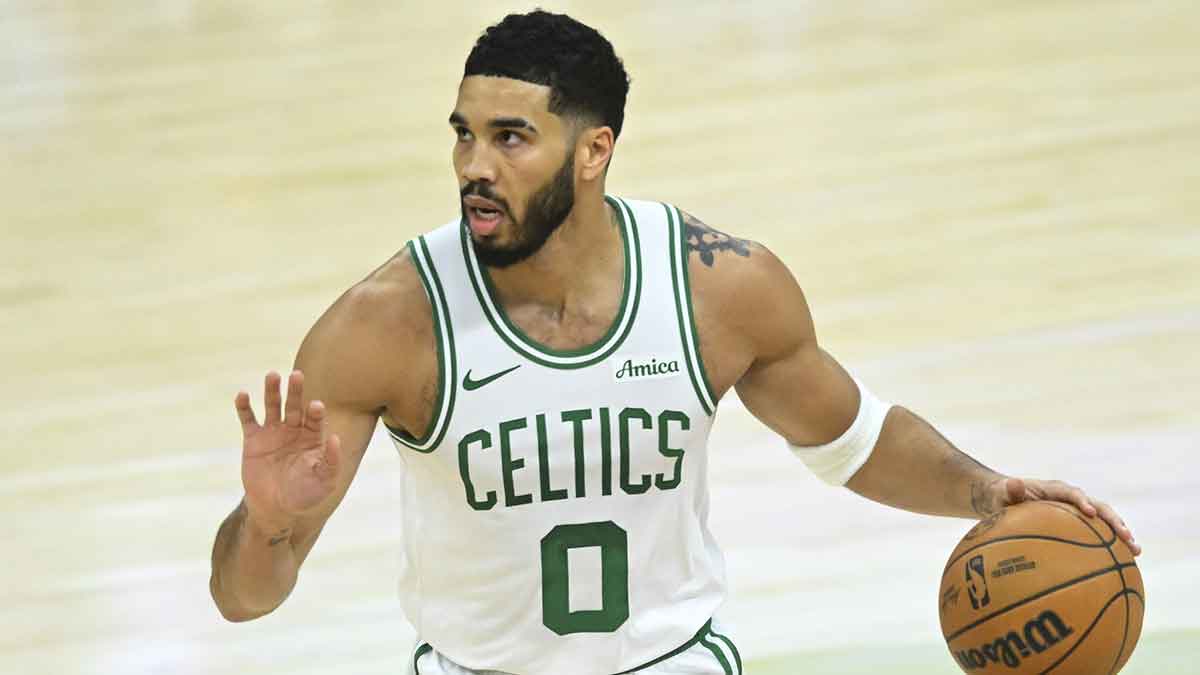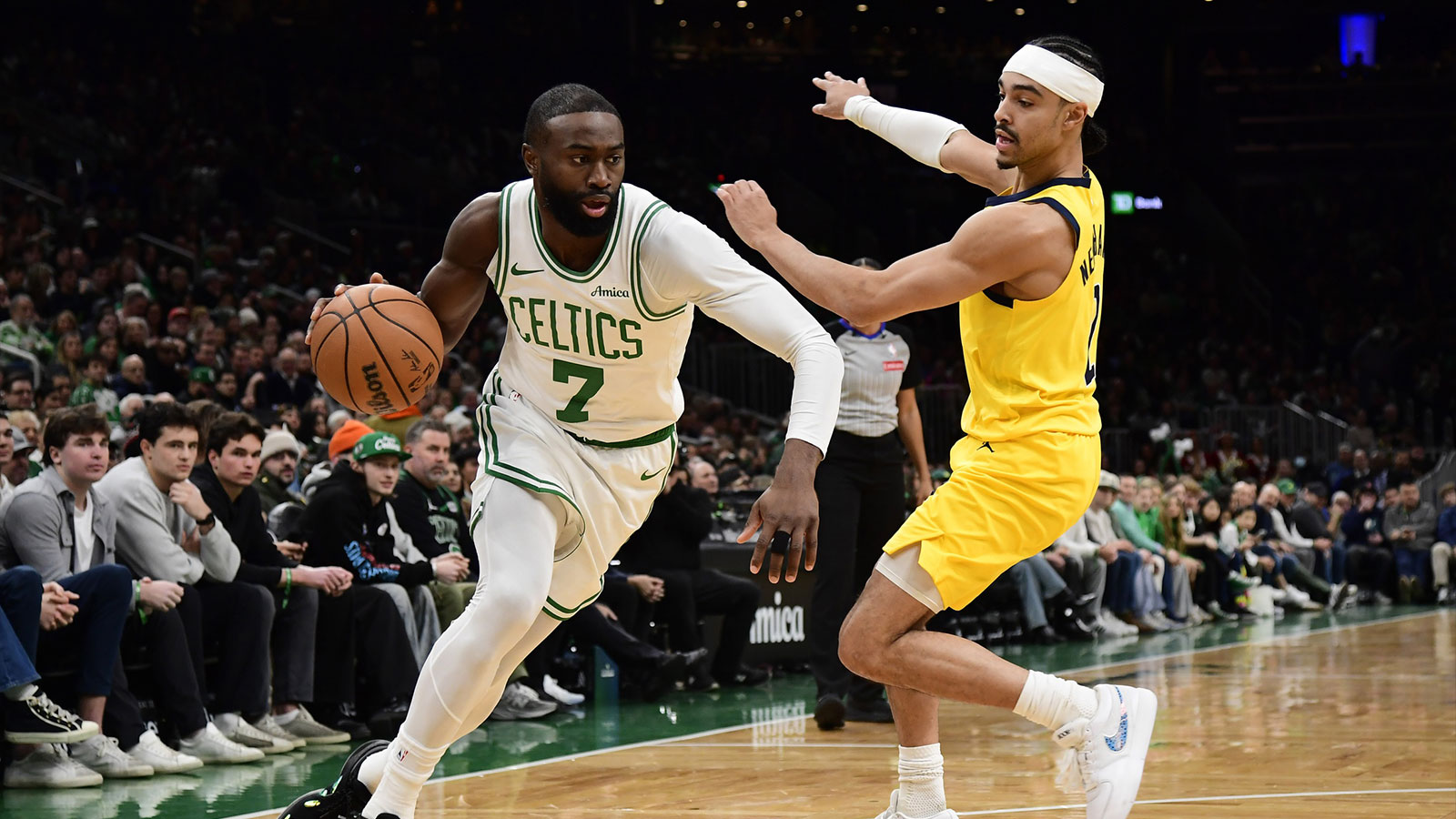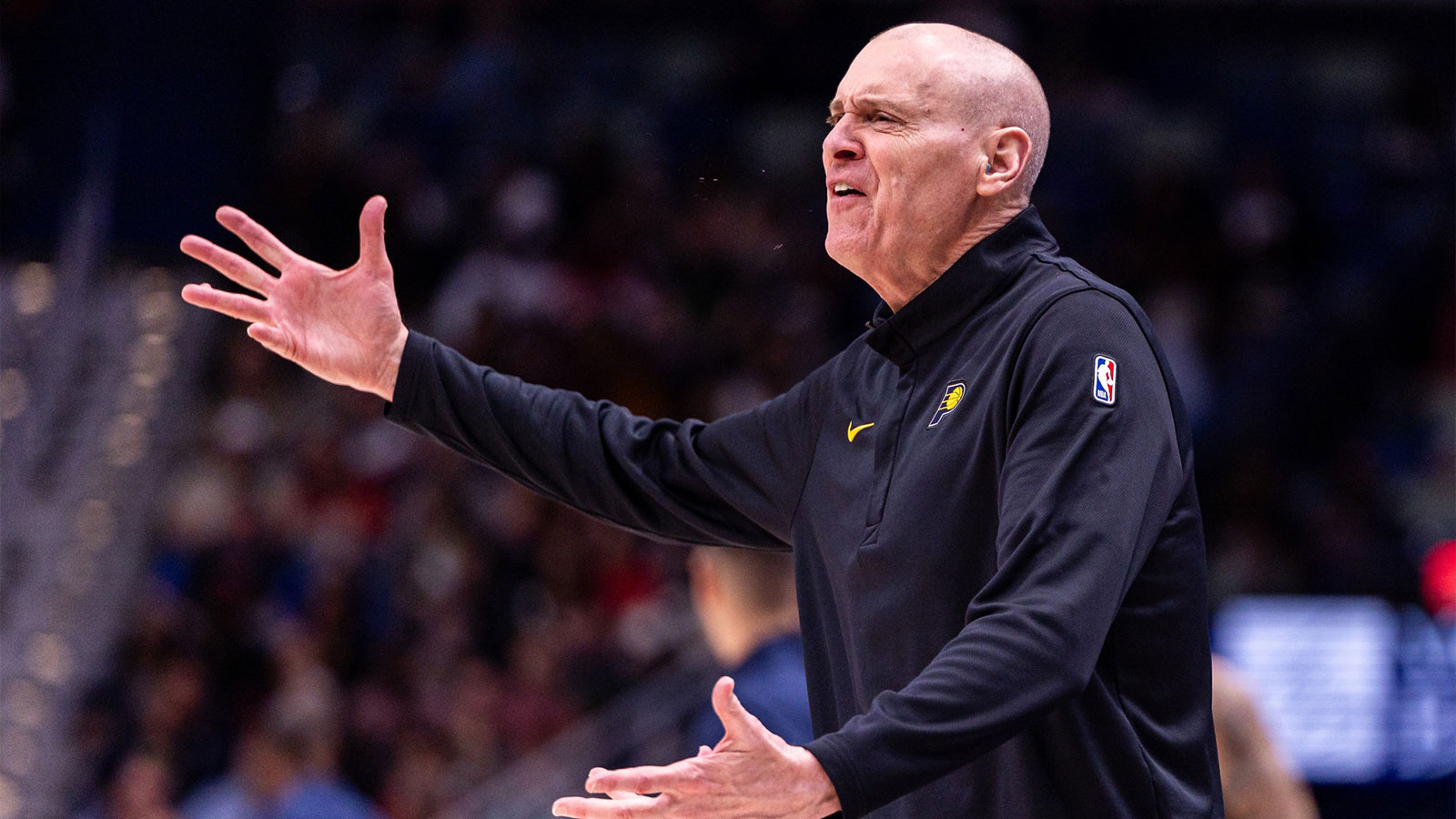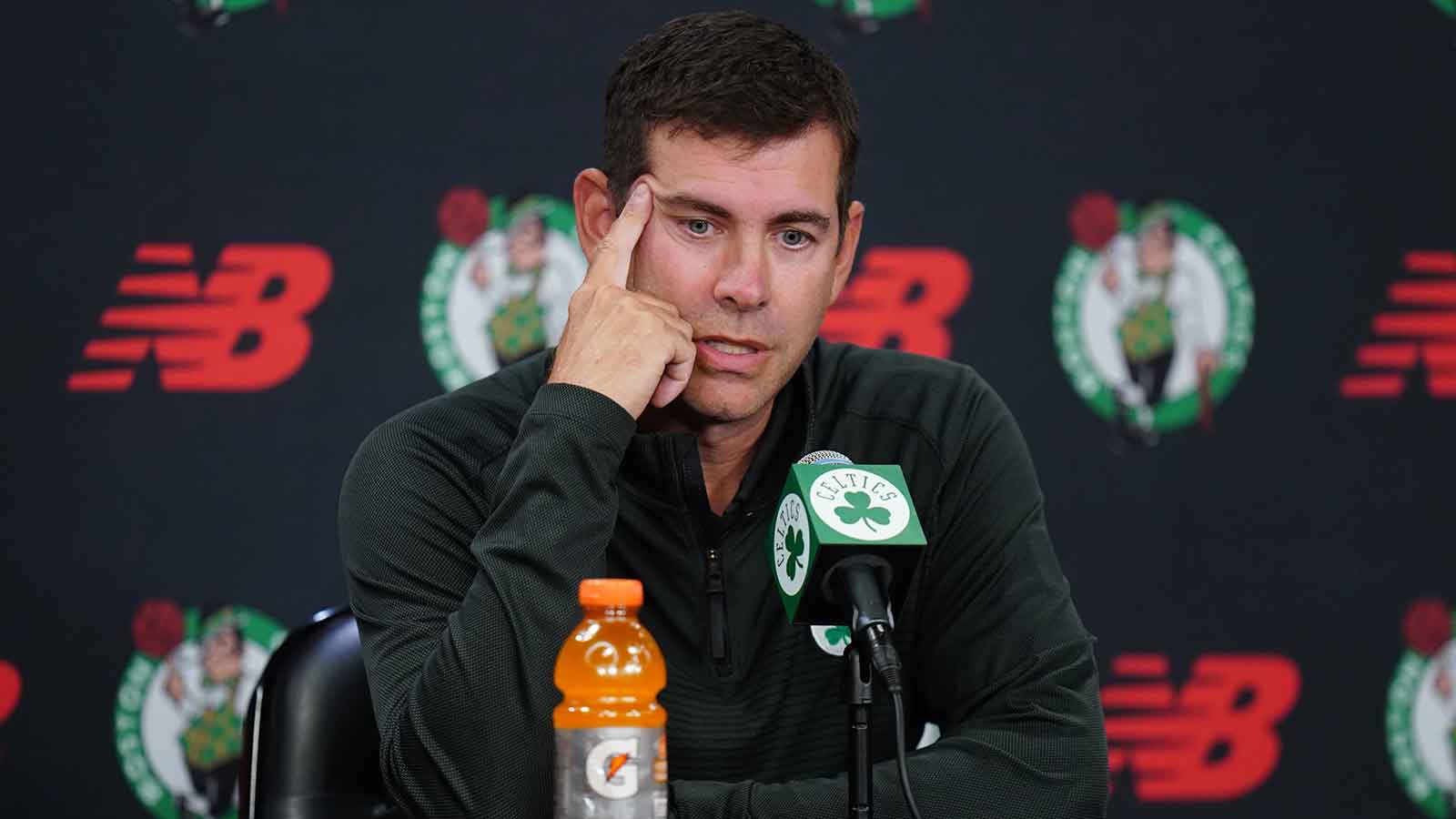Brad Stevens has been a busy man this offseason for the Boston Celtics. Aside from meeting with and charting a path for the future with new ownership taking over in Boston, Stevens has also been tasked with significantly cutting the Celtics' overall payroll and tax bill. That is why Kristaps Porzingis and Jrue Holiday were involved in separate trades that brought Anfernee Simons and Georges Niang to the C's.
Of course, Jayson Tatum's Achilles injury played a major role in these decisions to take a step back and endure a small retool during the 2025-26 season. Then again, it was inevitable that the Celtics would be forced to make tough roster decisions and cut a significant amount of money.
Even after trading for Simons and Niang, Stevens wasn't done. Before he was even introduced to the team in a press conference, the Celtics traded Niang again, this time sending him to the Utah Jazz on Tuesday.
Along with trading the 32-year-old forward back to the team he spent four of his first five years in the league with, Boston also included two future second-round picks to acquire rookie RJ Luis Jr., who signed a two-way contract for the 2025-26 season.
The Jazz will be receiving a second-round pick in 2027 (best of BOS/ORL) and 2031 (best of BOS/CLE).
So why did the Celtics ultimately make this trade for a player who hasn't even stepped foot in an NBA game?
The answer is simple: money.
How Georges Niang trade saved Celtics financially
Around this time in 2024, the Celtics were still celebrating their championship run and creating dreams of becoming the first team to go back-to-back since the 2016-17 and 2017-18 Golden State Warriors.
Now, Stevens and the Celtics are prepared to enter the 2025-26 season knowing that making the playoffs is their likely ceiling.
This is a “reset year” for the Celtics, and Tuesday's trade involving Niang was yet another example of the organization making moves to significantly cut their overall costs.
By trading Porzingis to the Atlanta Hawks and Holiday to the Portland Trail Blazers earlier this offseason, Boston saved itself over $250 million in salary and luxury tax payments. The decision to move Niang, along with two future second-round picks, saw the Celtics' tax bill decline by nearly $43 million.
While this did increase slightly after they decided to sign Chris Boucher, Boston saw their overall tax bill decrease from $540 million as of June 15 to $239 million as of August 5, when the Niang trade was agreed to, according to Bobby Marks of ESPN.
That is a significant financial drop, which has opened up options for the Celtics to rebuild their roster moving forward once Tatum is healthy and back on the court. It is expected that the organization will explore pathways to cutting down its tax bill and overall costs further entering the 2025-26 season, especially before the trade deadline in February.
The Celtics can move completely below the luxury tax line for the entire year if they can cut $12 million in salary.

